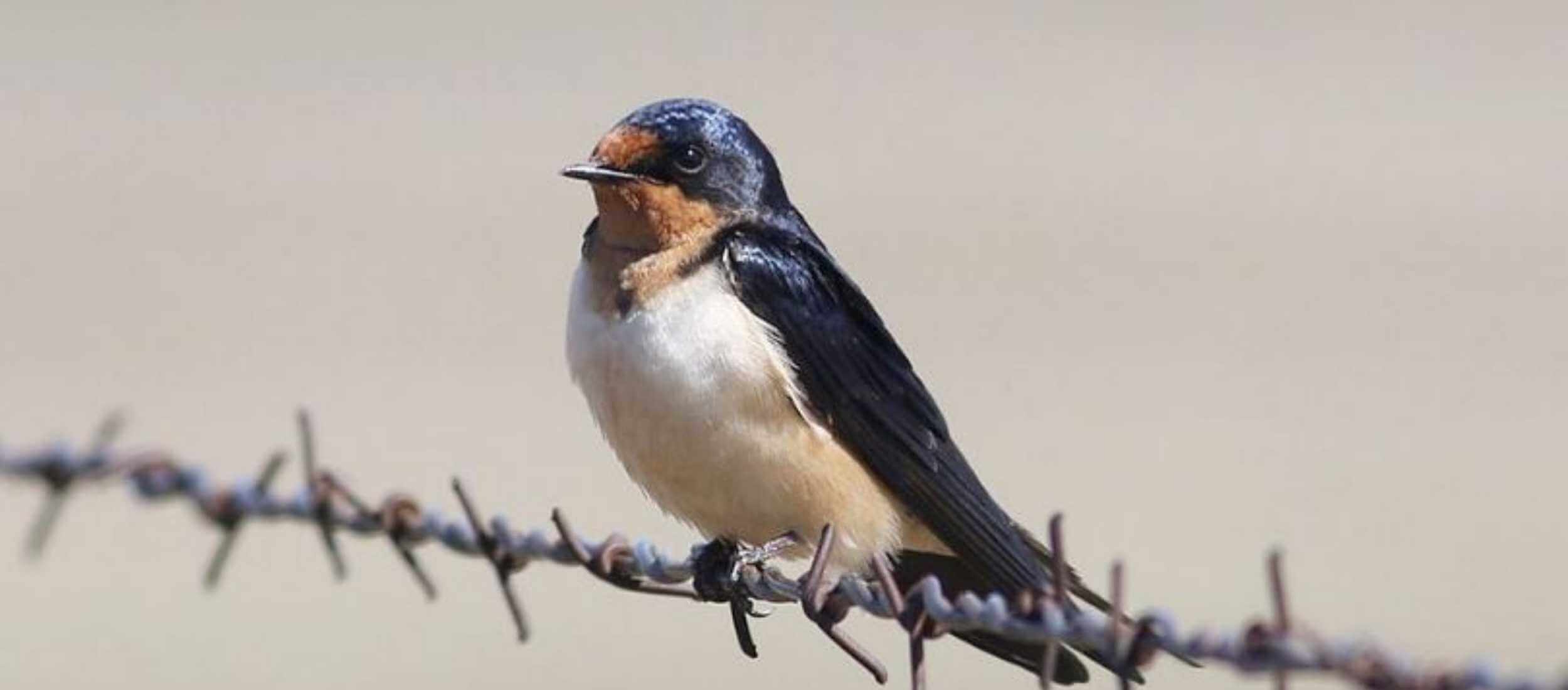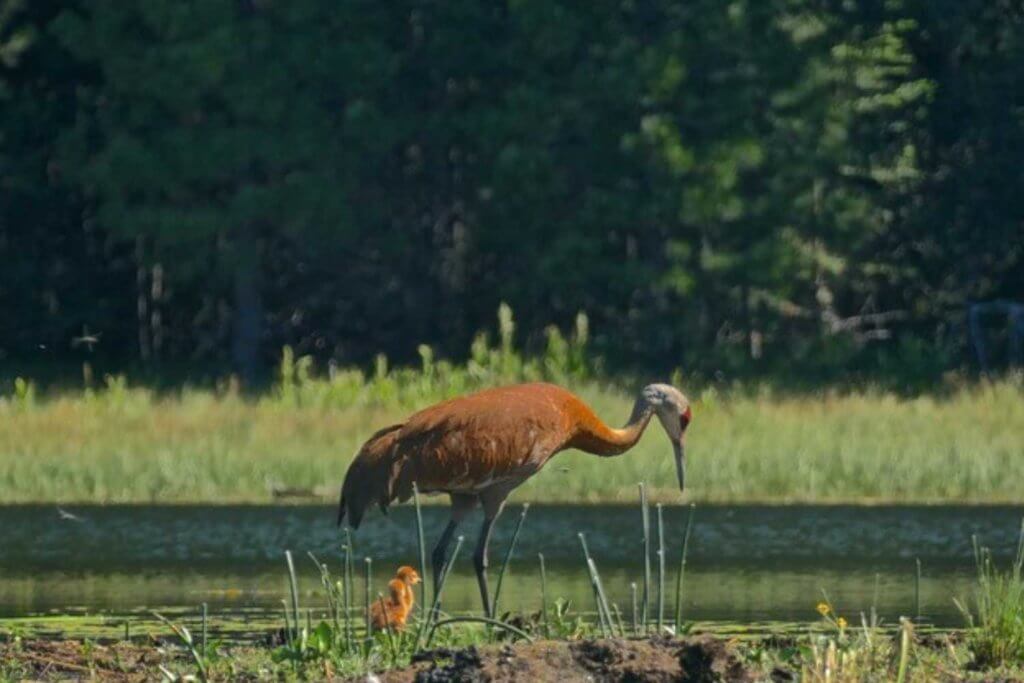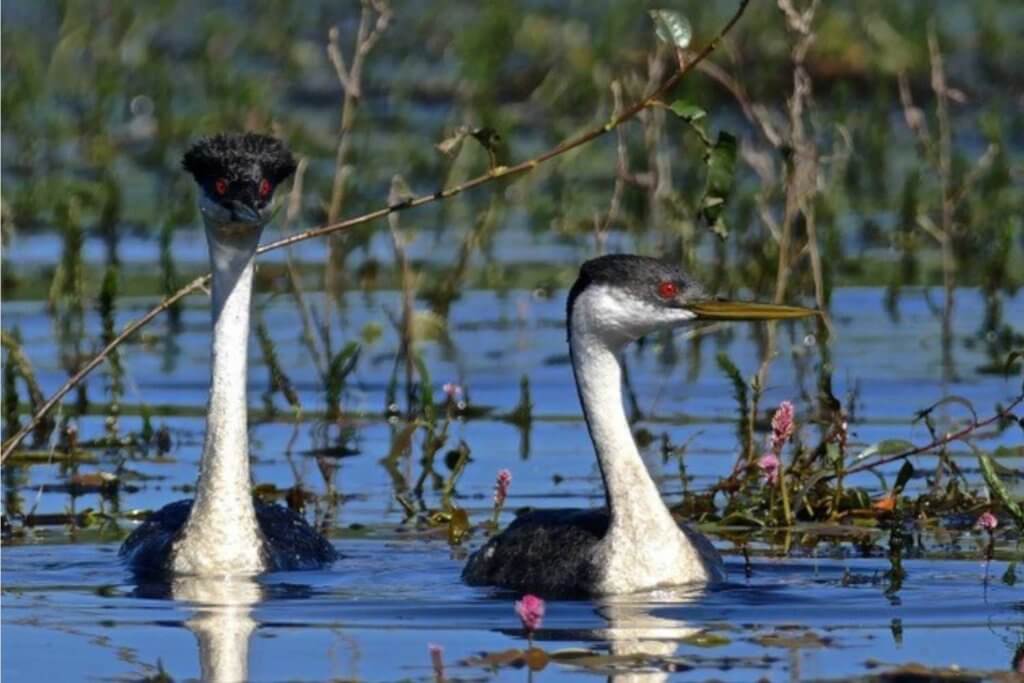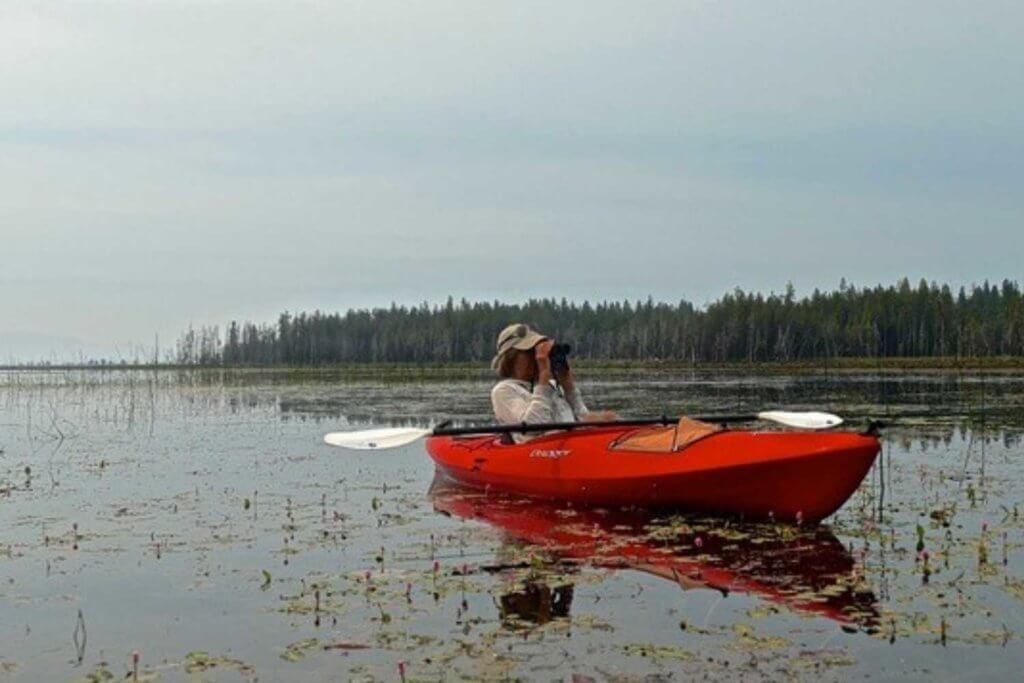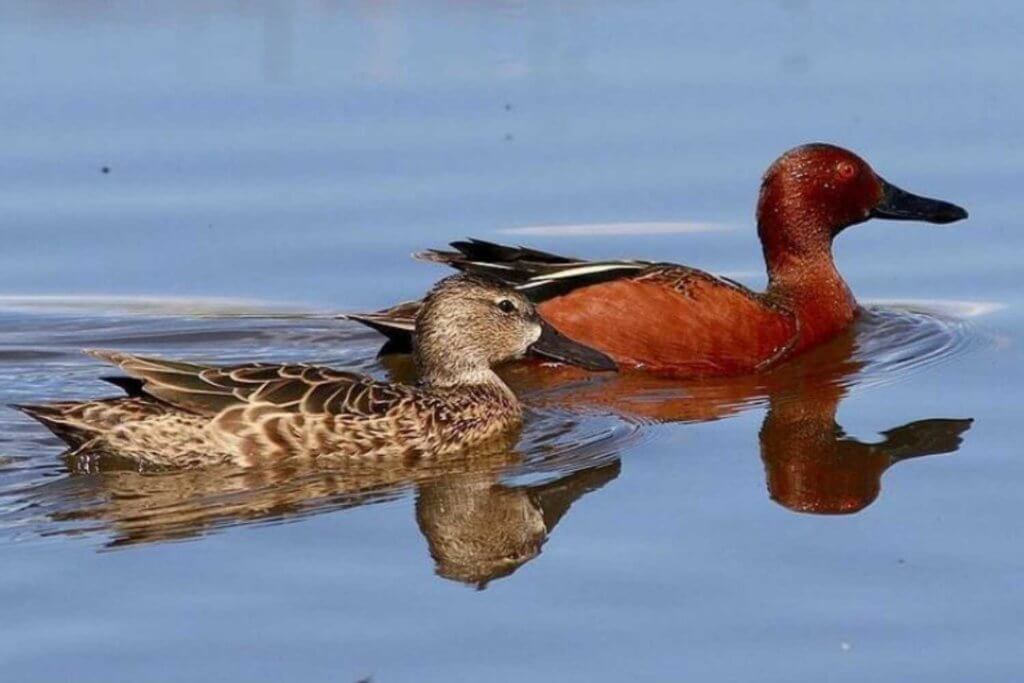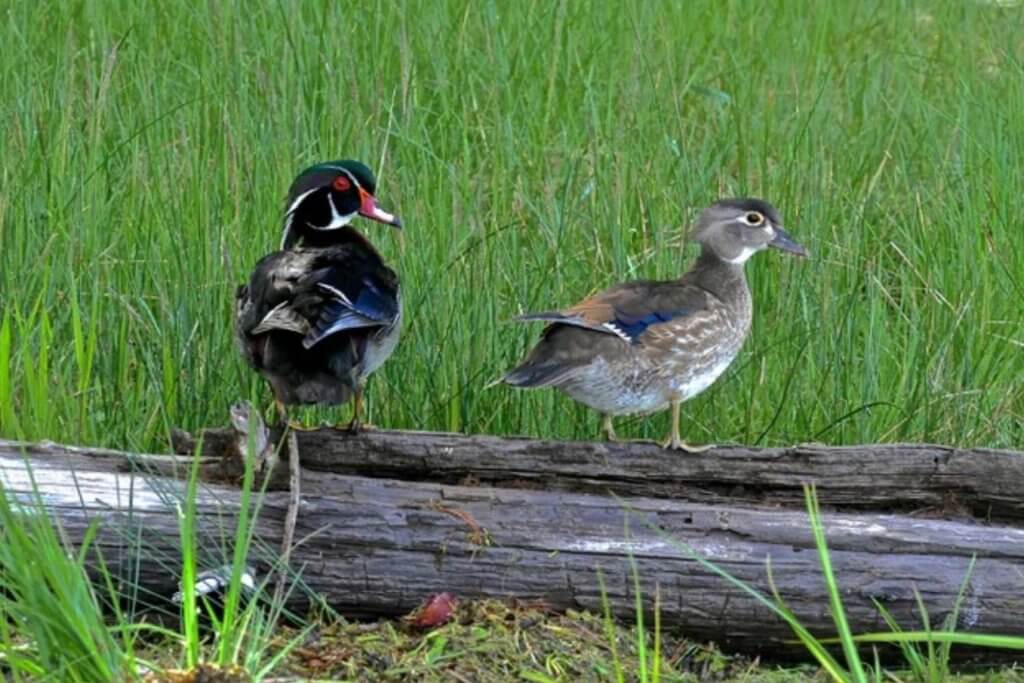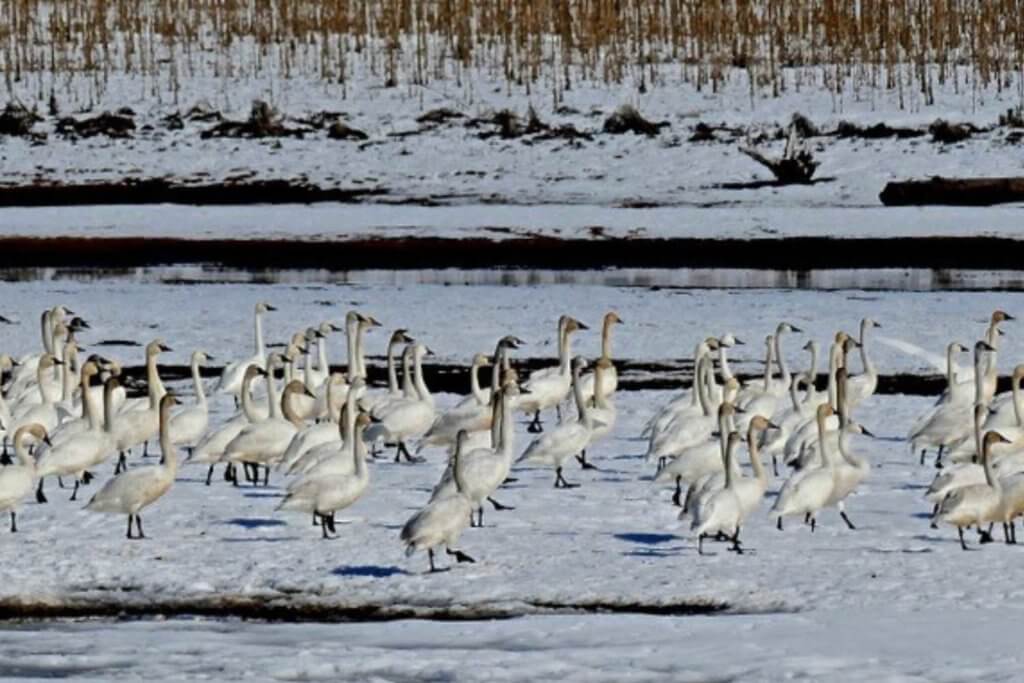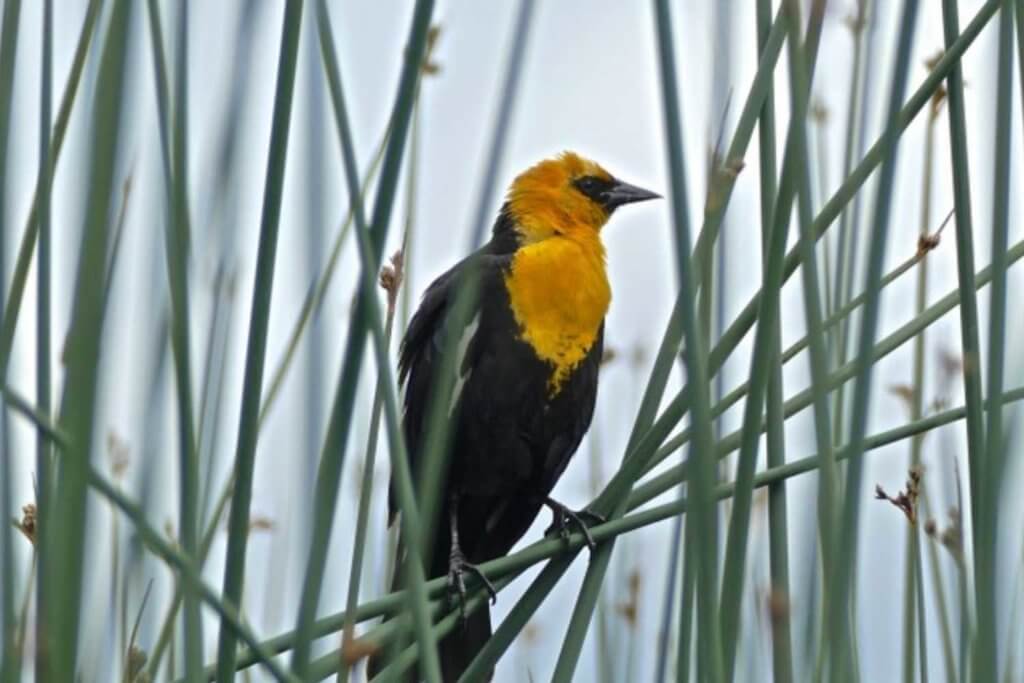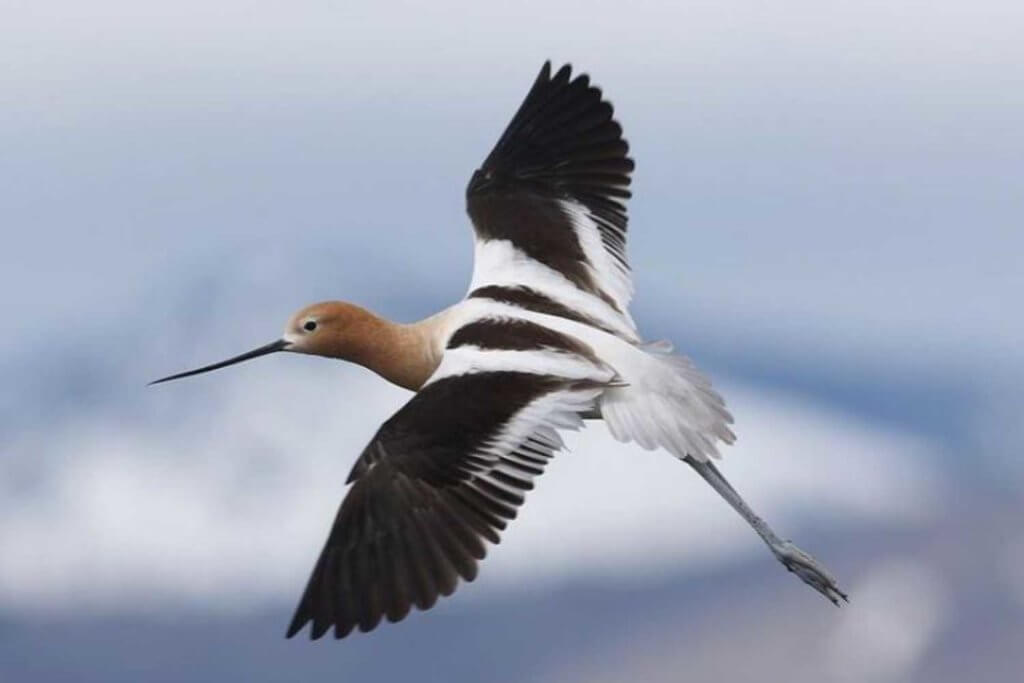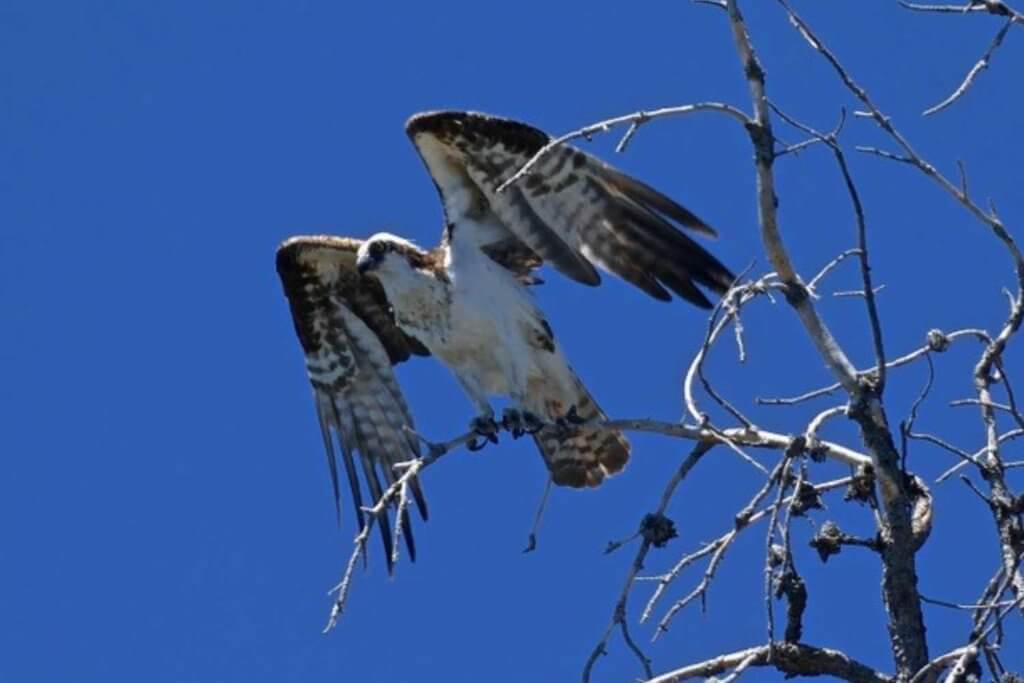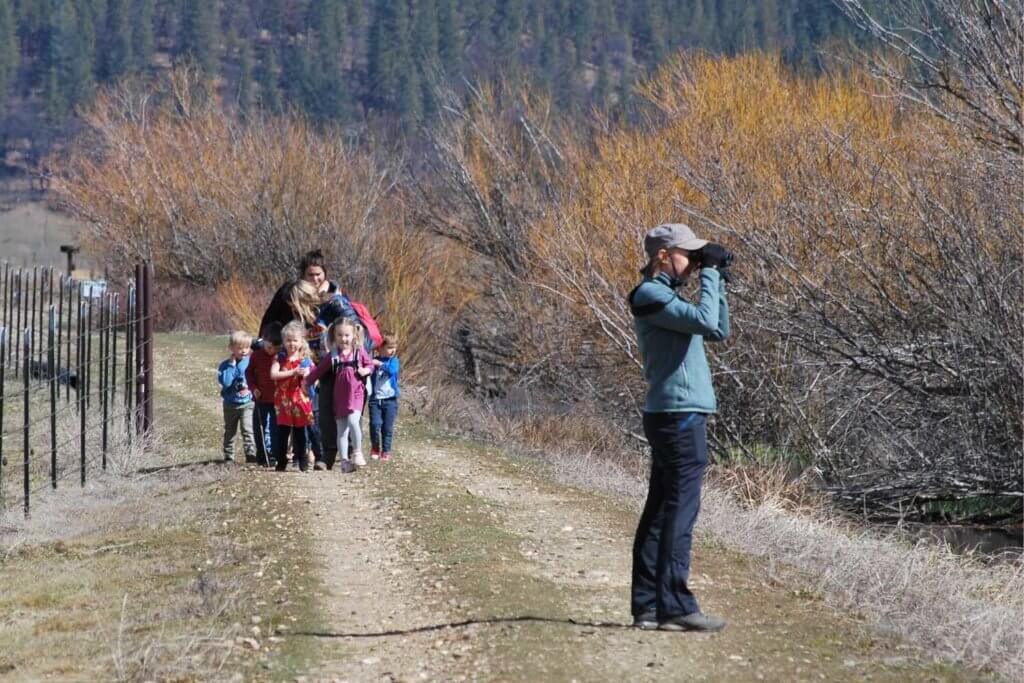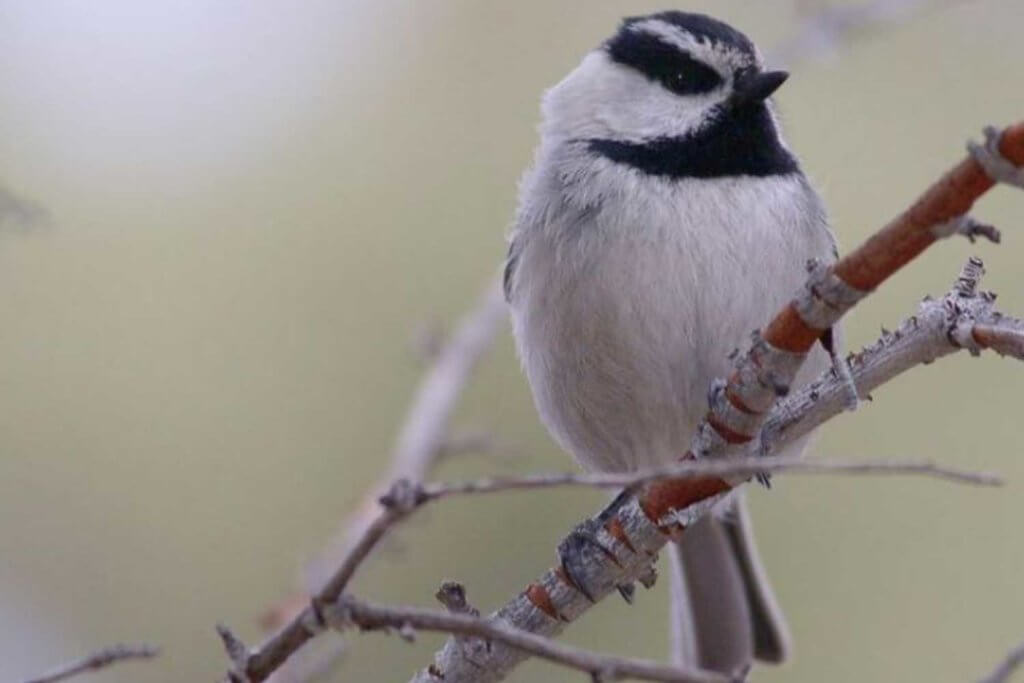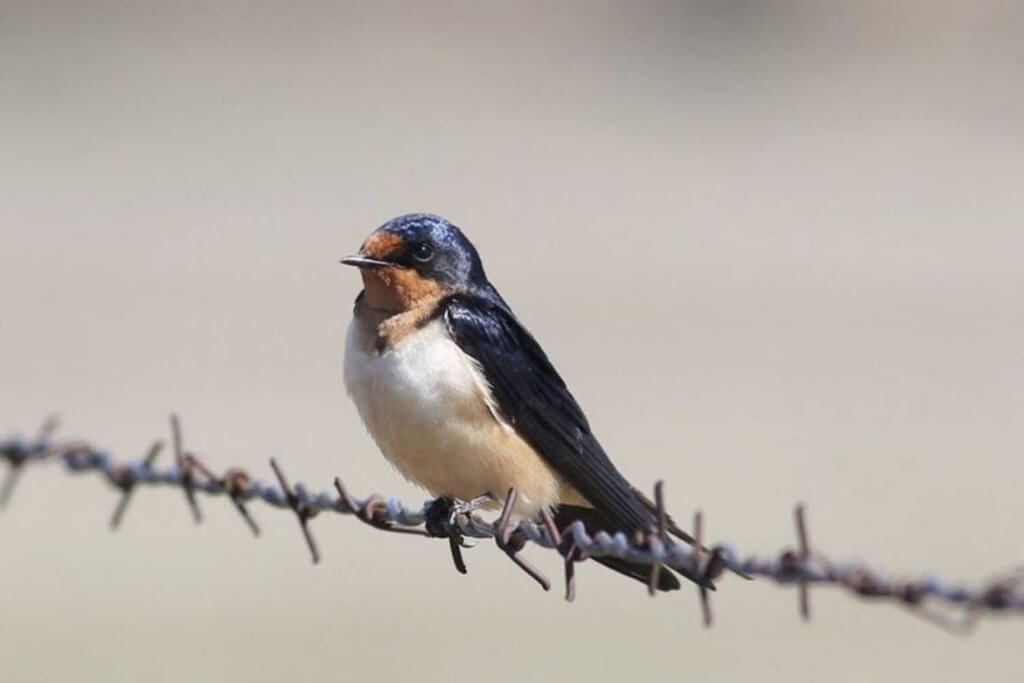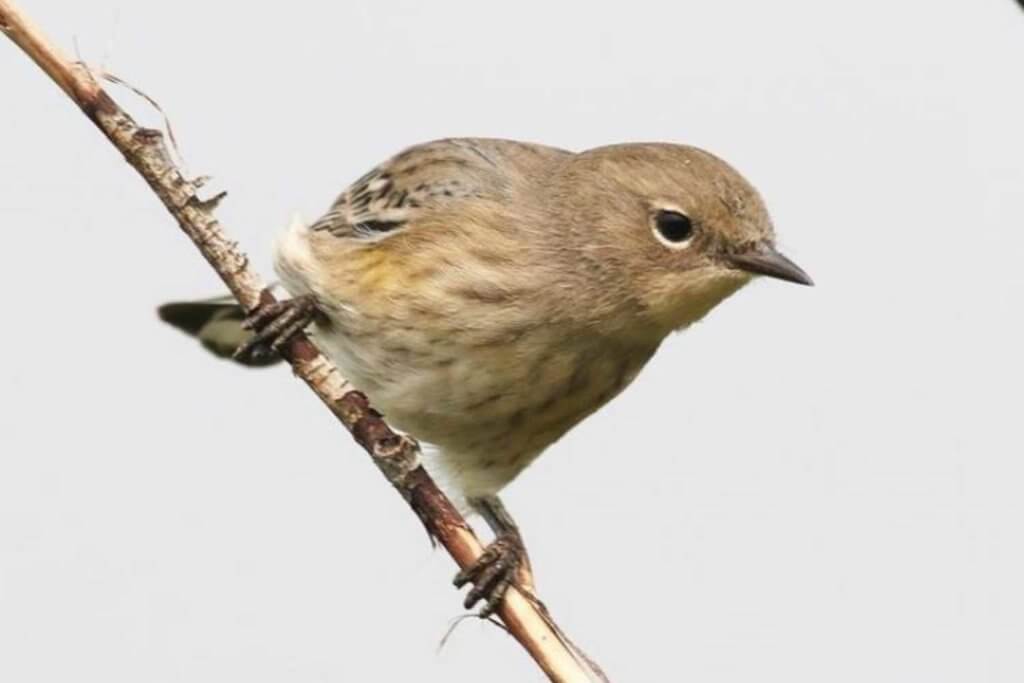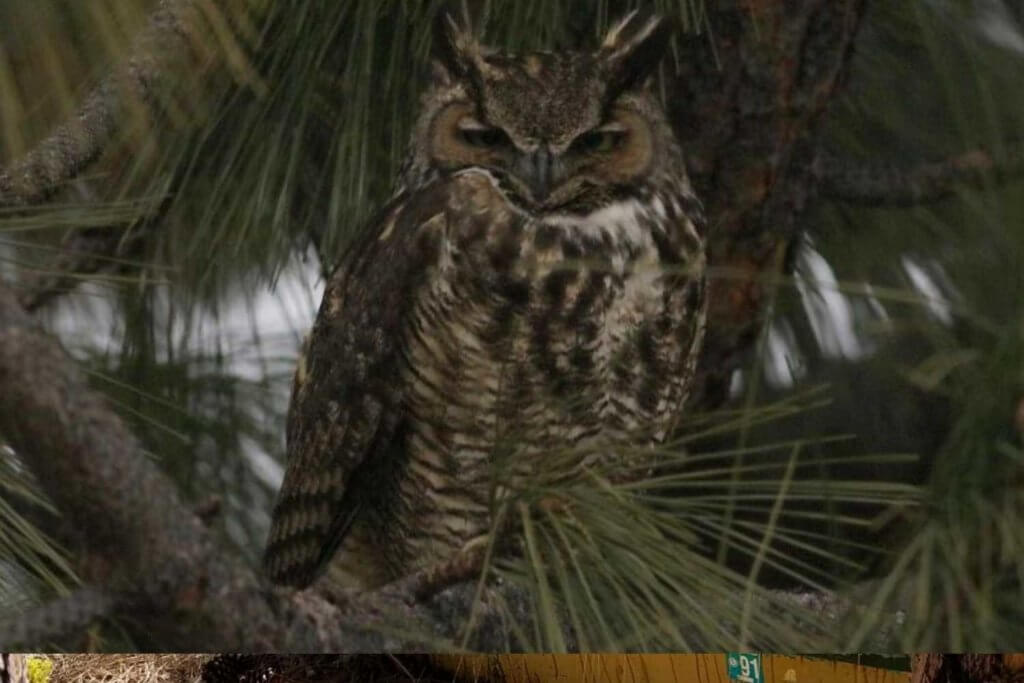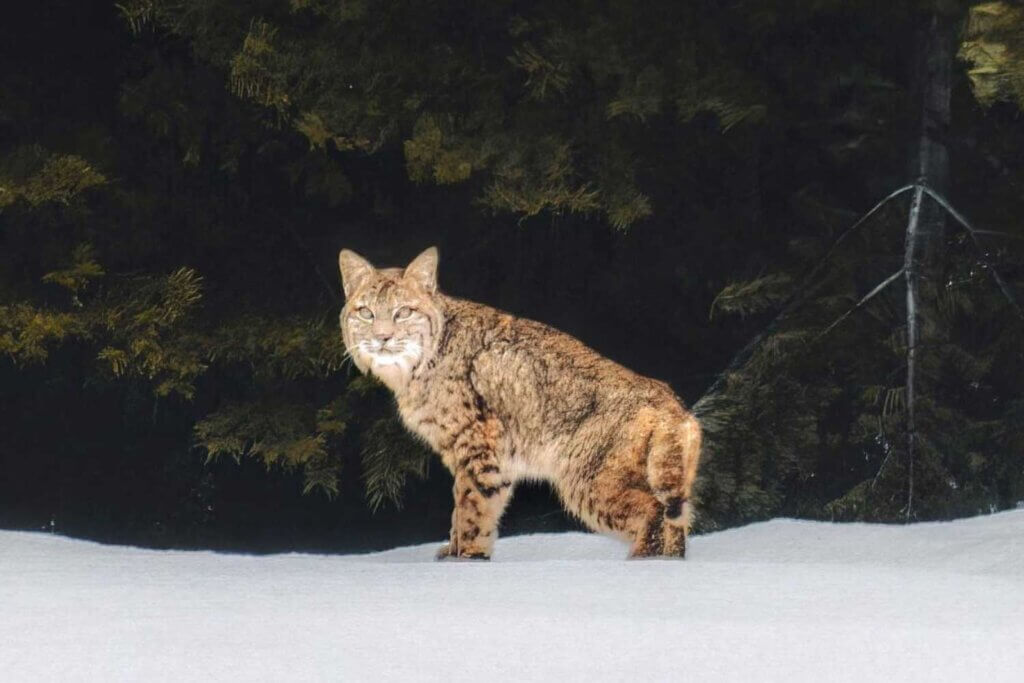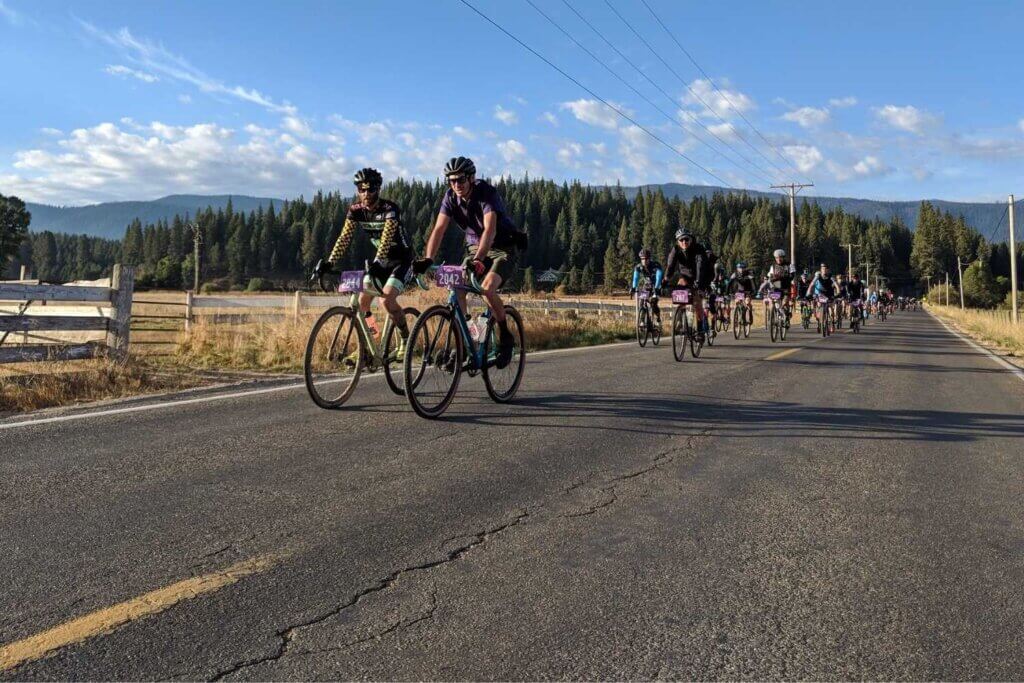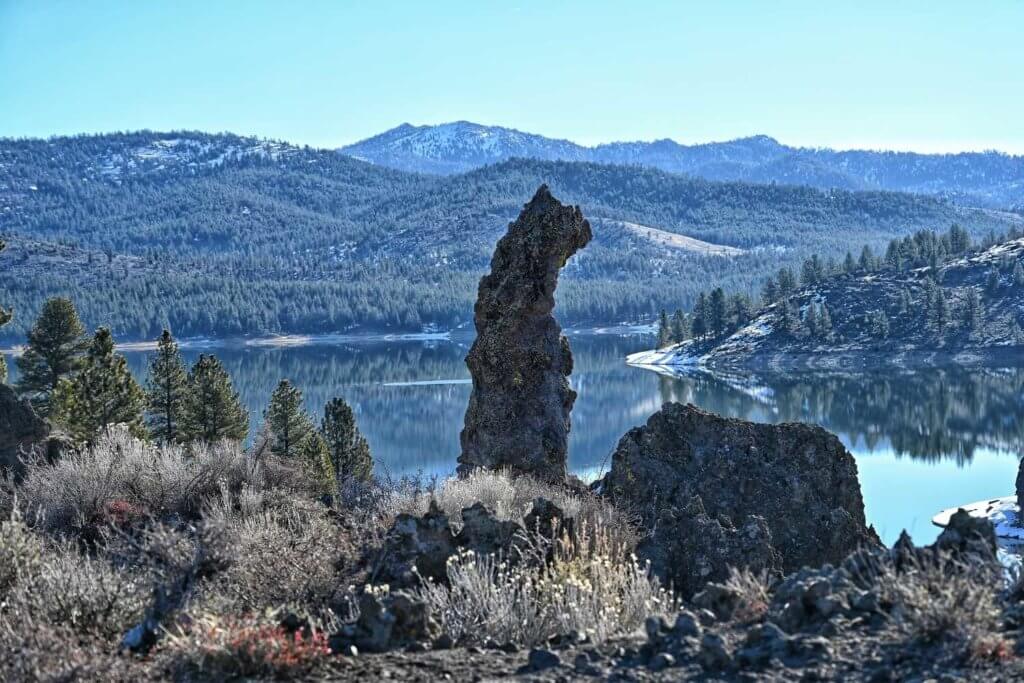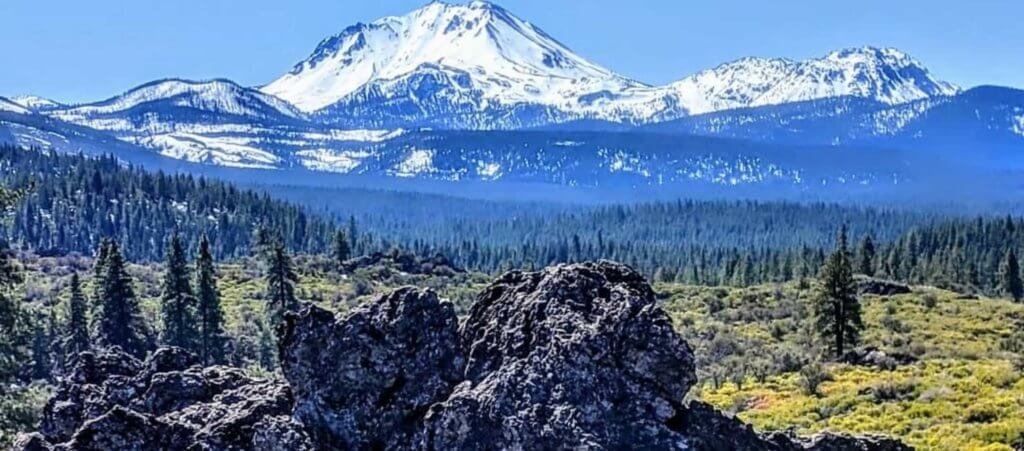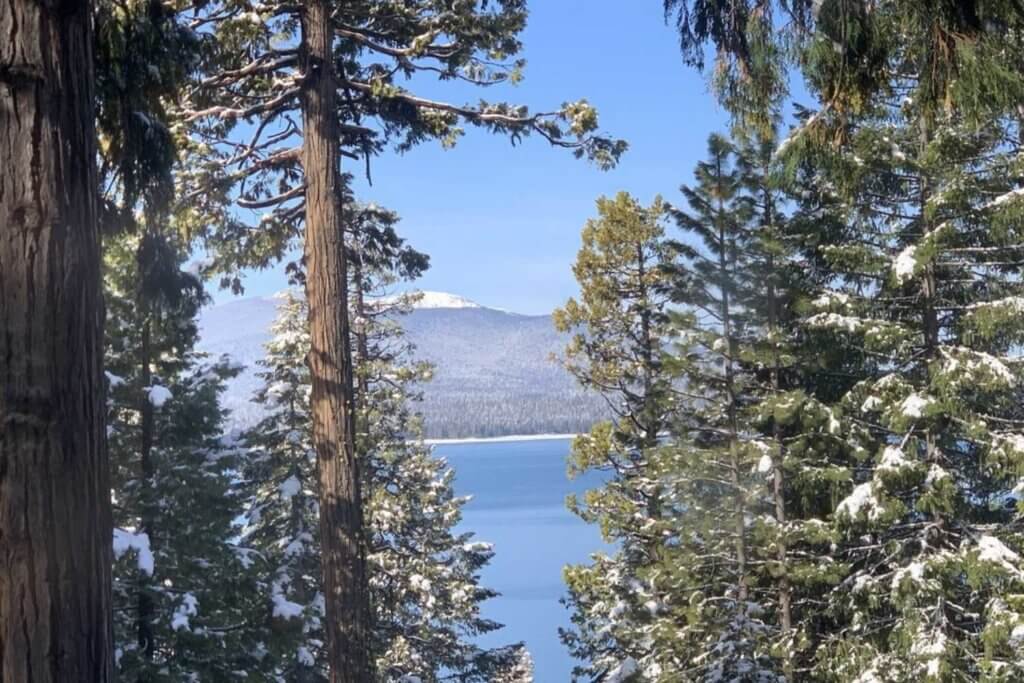Birding in Northern California
Plumas County offers some of the best birding opportunities in Northern California for both novice and experienced birders. Nearly 300 species of birds spend part or all year in Plumas County–from tiny songbirds to Greater Sandhill Cranes; from seasonal shorebirds to soaring raptors; there are always birds to be seen.
Plumas County is located along the Pacific Flyway and has a diversity of habitats including mountain valleys, lakes, meadows, and creekside and conifer forests. Nothing is more exciting than seeing a species for the first time in its natural environment.
Where to Bird in Plumas County
Bring your binoculars because birding can be done everywhere and by everybody visiting Plumas County. You can add a stop to a birding hotspot as you travel to a trailhead, or pack your checklist and plan for a “Big Day”.
Northwest Plumas
High mountain meadows in Lassen Volcanic National Park, spring-fed creeks and wild forests of the Caribou Wilderness, and the marshes and open water of Lake Almanor offer spectacular and diverse birding opportunities in this corner of Plumas County. The Olsen Barn Meadow is a great place to bird all year round. The fields, creekside forests, and wetlands surrounding the Barn are part of an Audubon-designated “Important Bird Area”. Six favorite birding spots in the Lake Almanor Basin
Spring and Summer Species
- American White Pelicans
- Clark’s and Western Grebes
- Yellow Warblers
- Willow Flycatchers
- Greater Sandhill Cranes
- Osprey
- Mountain Bluebirds
Fall and Winter Species
- Northern Harriers
- Red-tailed Hawks
- Bald Eagles
- Great Horned Owls
- Tundra Swans
South Central Plumas
American Valley (home to Quincy), nearby Snake Lake, Bucks Lake, and the Bucks Lake Wilderness are all interesting places to bird, with varied habitats. Enjoy soaring raptors and waterfowl in and around Quincy in late fall and winter, or plan a late spring kayak around Snake Lake for migrating shorebirds and nesting cranes.
Spring and Summer Species
- Waders like Sandhill Cranes and Killdeer
- Red-winged Blackbirds
- Evening Grosbeak
- Western and Mountain Bluebirds
- Say’s Phoebe and other flycatchers
- White-headed Woodpecker
- Black-backed Woodpecker
- Western Tanager
Fall and Winter Species
- Great Blue Heron
- Northern Flicker
- Canada Geese
- migrating Snow Geese
- Black Phoebe
- raptors like Northern Harrier
- Spotted Towhee
Southeast Plumas
While birding is fantastic across Plumas County, the Southeastern region hosts Sierra Valley, a top birding destination in Northern California. With expansive wetlands, open grasslands, sagebrush scrub, and nearby forests, Sierra Valley is a geographic marvel and is abundantly rich in birds, some of them uncommon and rare in California.
Spring and Early Summer Species
- Yellow-headed Blackbirds
- White-faced Ibis
- Black-necked stilt
- American Avocet
- Brewer’s Sparrow
- Sage Thrashers
- Burrowing Owls
- Swainson’s Hawk
Fall and Winter Species
- Short-eared Owls
- Ferruginous Hawks
- Bald Eagles
- Variety of raptors
Plumas Eureka State Park has a beautiful creekside forest along Jameson Creek with tall cottonwoods and riparian species. And don’t forget Lake Davis–visitors often see Osprey and both Bald and Golden Eagles.
North Central Plumas
Take a drive with binoculars along the country roads of Greenville, Taylorsville, and up towards Antelope Lake. Black oak woodlands meet conifer forests and large valley ranches with plenty of open space for wildlife to roam. While the impacts of the Dixie Fire can be seen on the hillsides and mountains, many bird species thrive after wildfire.
The picturesque mountain meadows of Indian Valley and Genesee are where many birds nest and rear young. Spring is extra special with bird songs filling the air.
Spring and Summer Species
- Mountain Chickadees
- many species of swallows including Bank Swallows
- Red-breasted Sapsucker
- Lewis Woodpeckers
- Western & Clark’s Grebes
- large variety of warblers
- Acorn Woodpeckers
- Western Tanager
- Clark’s Nutcracker
Fall and Winter Species
- Red-Shouldered Hawks
- Eagles
- Owls
- Wild turkeys
- Black-billed Magpie
